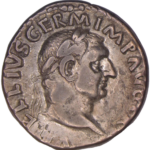Background
I purchased this interesting provincial roman coin in a lot of coins from a local dealer. While I do believe I overpaid on average, I am very happy with the before and afters coming out of this lot. Like any hobby, cleaning coins costs money. It’s not common to find a rare coin dirty, clean it, and show a profit. It is uncommon.
Very often, in the process of improving your techniques, you are cleaning late 3rd century Bronzes that were worth more dirty.
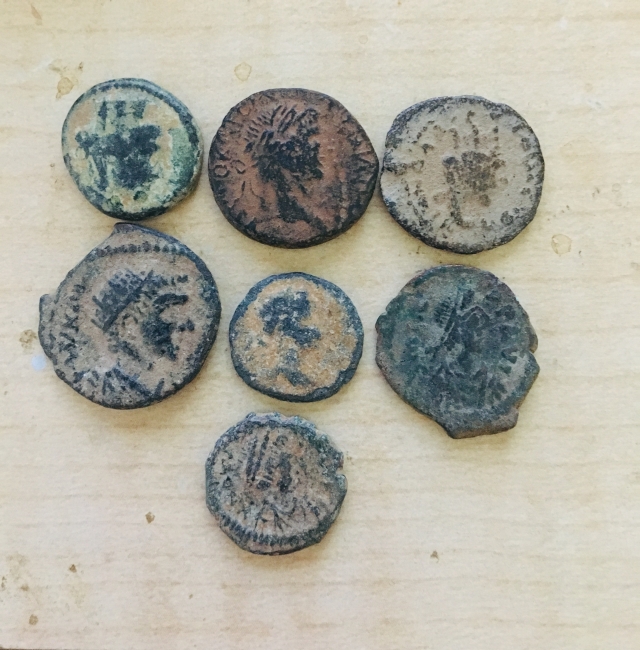

When I got this coin I photographed it under microscope, the result of that is below.
My guess (and the guess of other’s in forums) was that it was a Caracalla or Elagabalus minted in Carrhae. Carrhae one of the rarer and less understood mints in the east. However, that does not make the coin inherently rare or valuable. During the period of Elagabalus (230s ad), for example, eastern mints were under greater control of Imperial family because of Elagabalus’s eastern origins.
Before

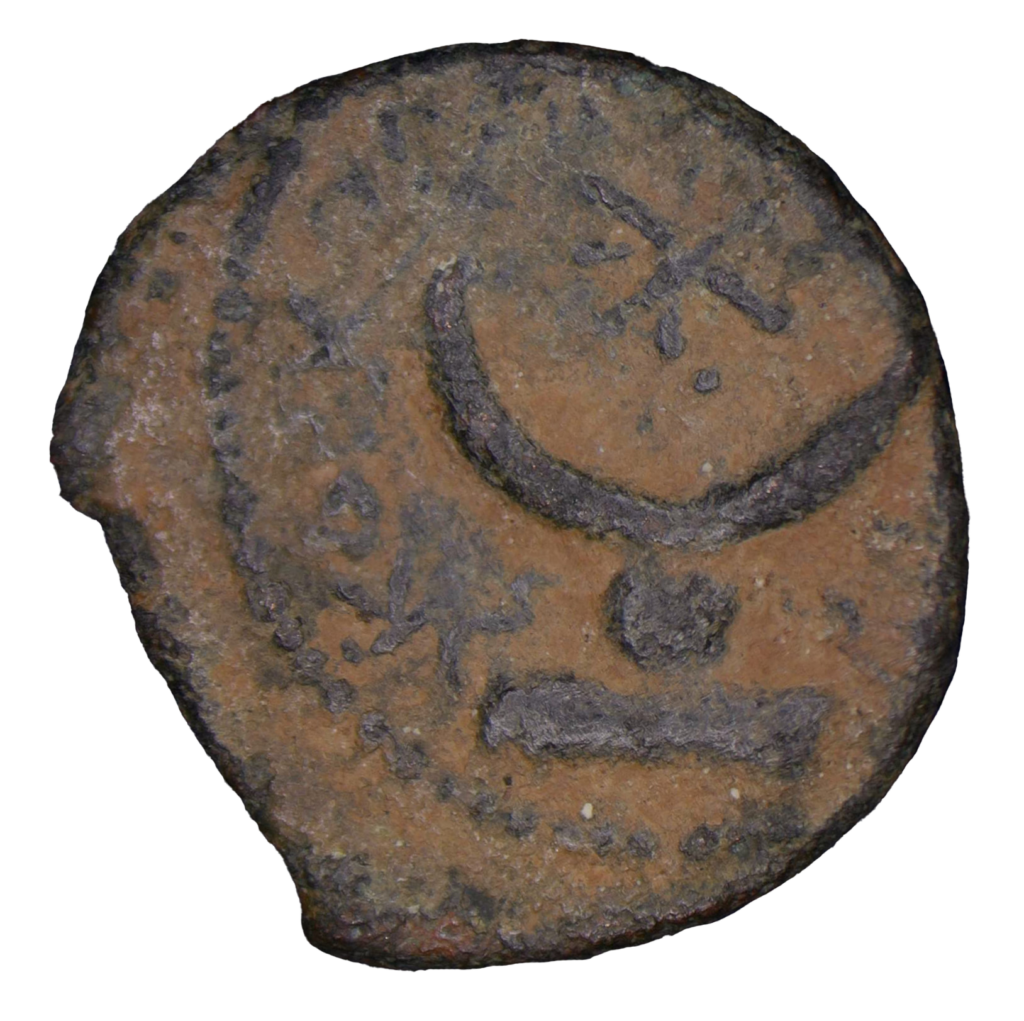
| Diameter | 18.7mm |
| Weight | 3.528g |
I cleaned it under microscope using several tools with long soaks in between mechanical cleaning.
After
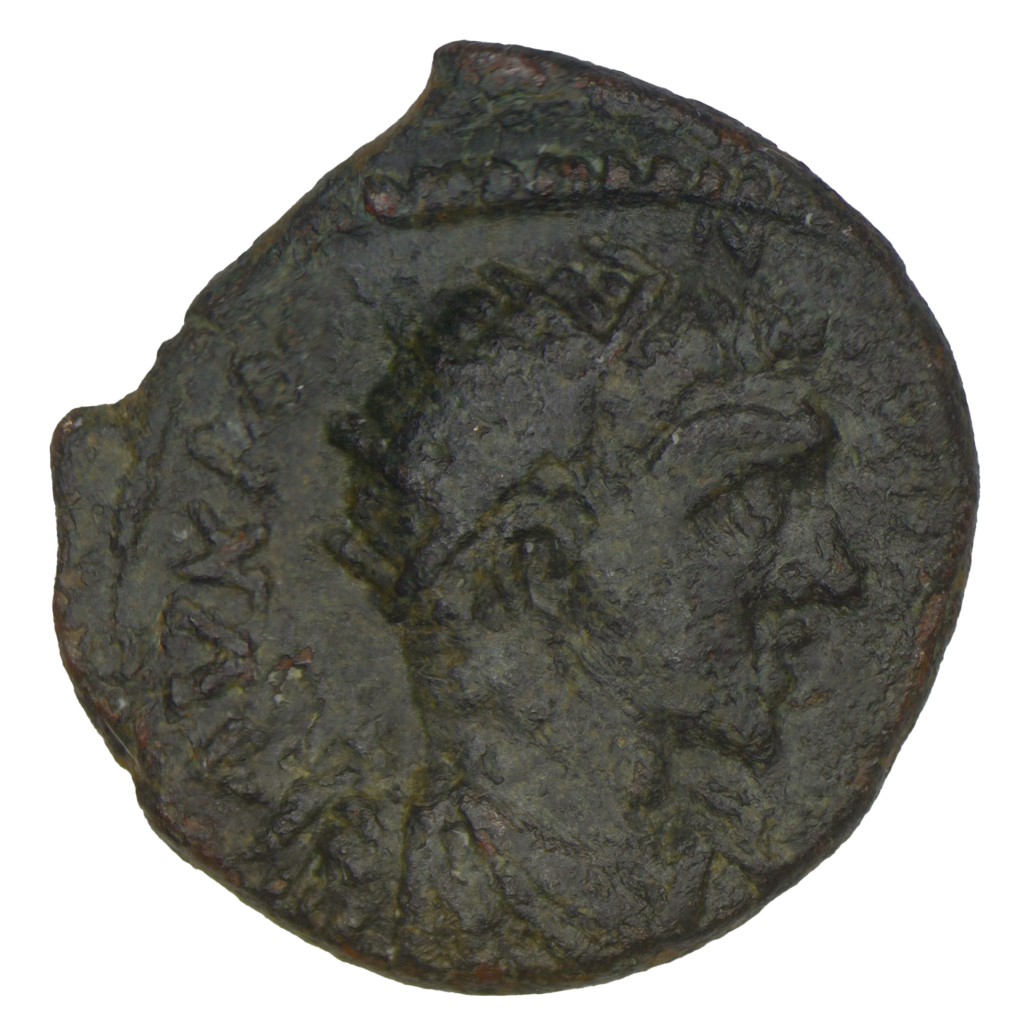

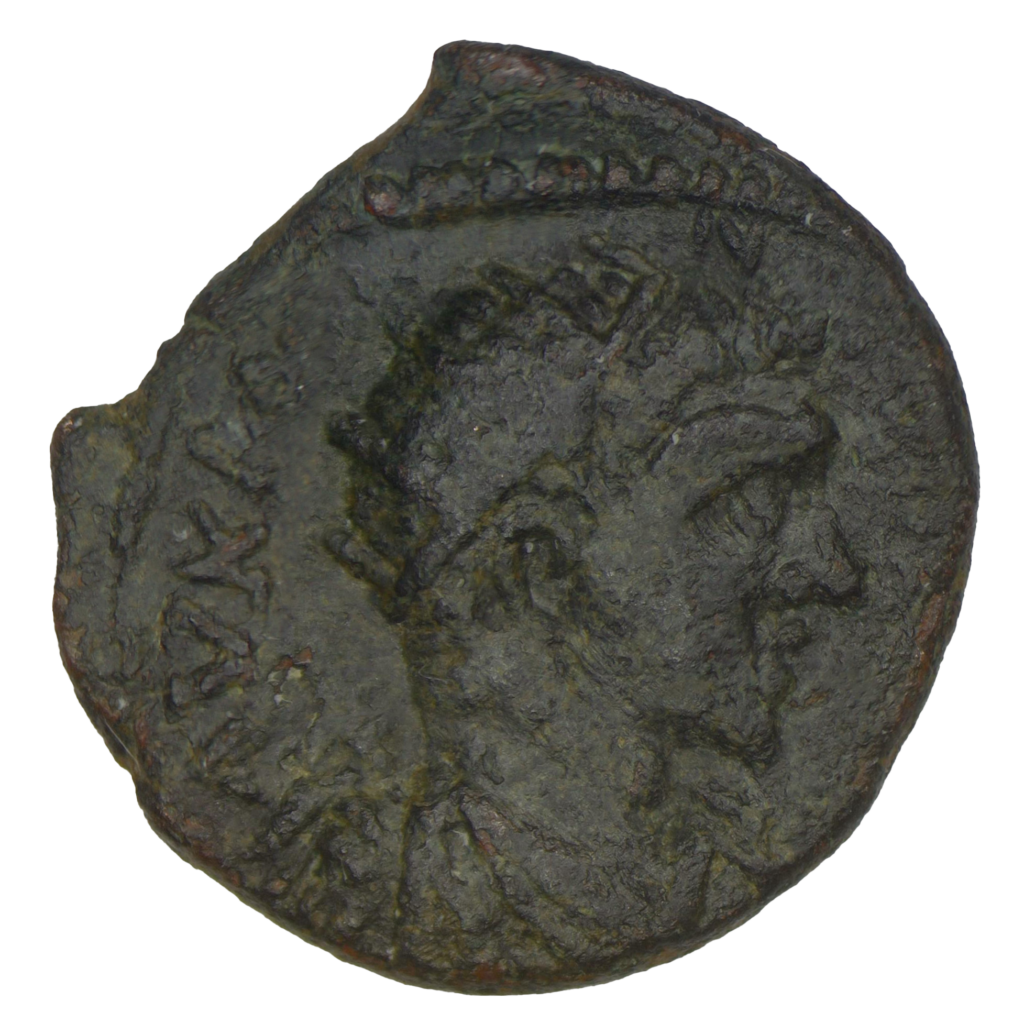

A rare attribution…
Thanks to ‘g…’ for finding this impossible attribution. I originally believe this was Caracalla or Elagabalus, but they pointed me to the correct RPC listing based on the readable legends. https://rpc.ashmus.ox.ac.uk/coins/4/9576
Apparently, this is a coin of Commodus as Augustus under Marcus Aurelius. There is only one other known example on RPC.
Die Match to only other example in RPC?
Here is my completed example next to a known, and the obverse APPEARS to be a die match which is super interesting. It means the same die struck both coins. What are the odds!




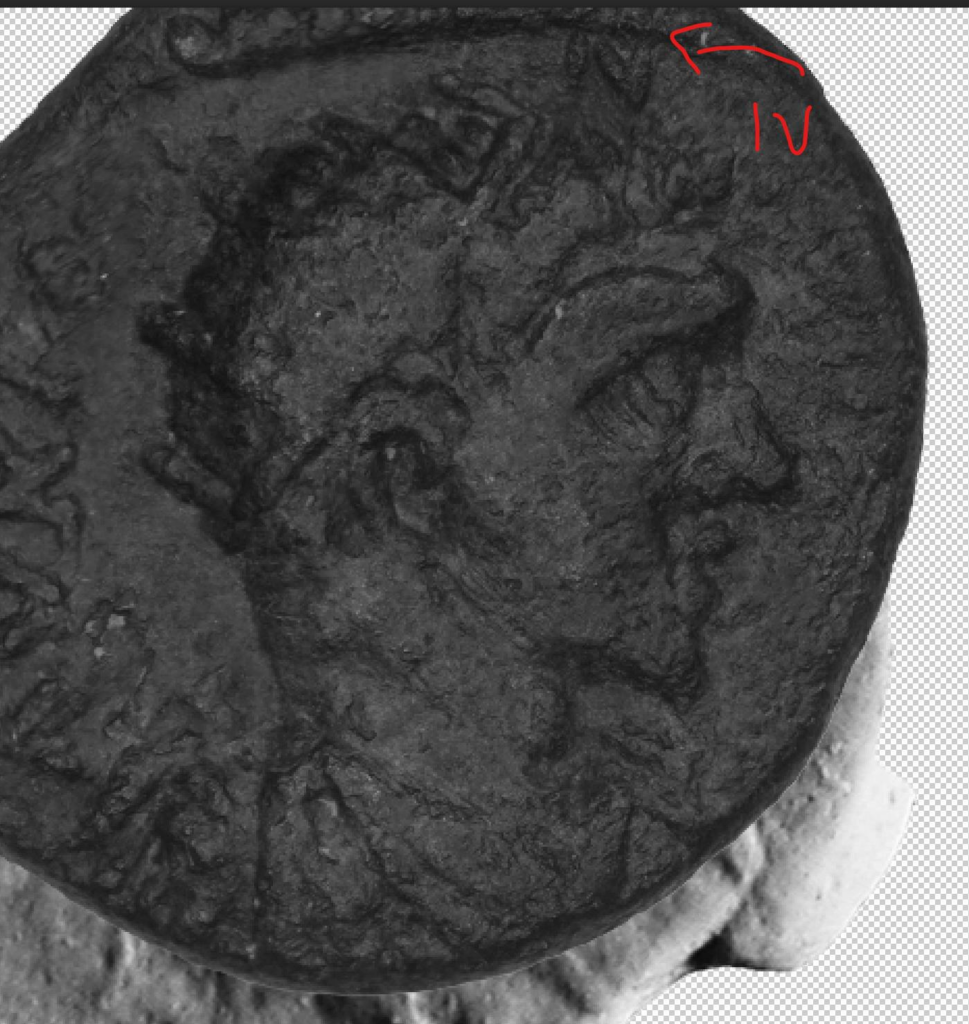
My example contains a IV (4), which is off the flan in the other example.
Sending to RPC for research
Since this is the second known example, and it’s in nicer and more legible condition than the plate example, I have sent it in to RPC for research.
There might be other examples known in private condition, but this one is a die match to the plate on RPC online, making it interesting numismatically.
Is it actually Commodus as RPC entry suggests?
It’s unclear how the Museum in Munich, who possess the only other known example in RPC database, were able to attribute this type to Commodus and not Caracalla or Elagabalus.
Personally the portrait looks Severan to me, but I am no expert.
Coins minted in Mesopotamian mints with the obverse legends of “AV[T] K[AI] M ANT” can be difficult to identify because of crude style. For example, it’s difficult to tell the difference between Caracalla and Elagabalus form portrait alone.
The reason for a potential mixup between Caracalla, Elagabalus and Commodus are their names. Marcus Antoninus were used by all 3. I am not claiming that RPC is incorrect, just perhaps a second look to confirm is worth the time.
(Thanks to coinfrequency for helping with this info)
A 3rd example?
Another Example online? It’s unclear if this is from the same series, but it’s similar attributes perhaps make it a third example of the coin type. Certainly, it’s a different die. However, it’s unclear. This could very well be another emperor with the same legends. “Marcus Antoninus” was used in legends by many emperors so who knows…
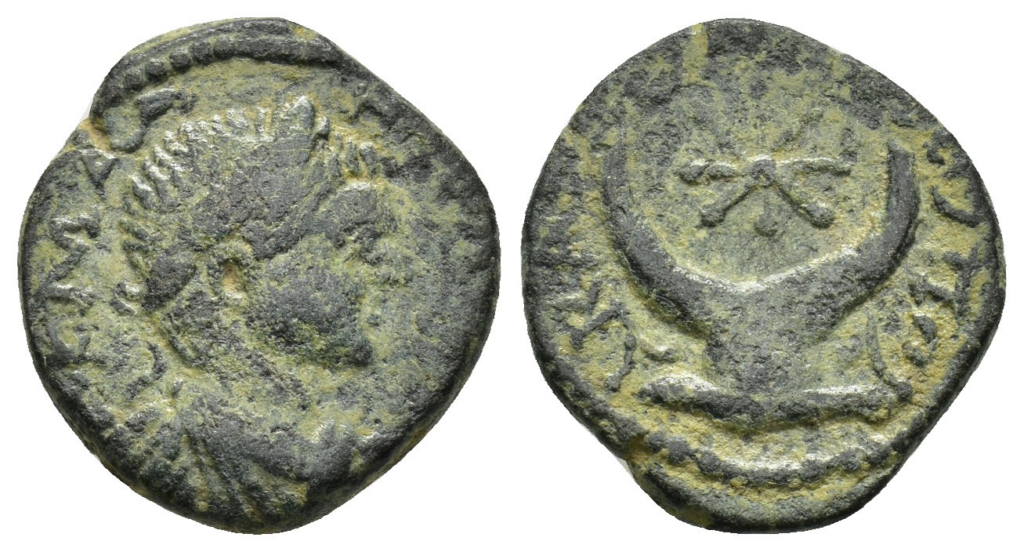
Apparently, it’s not Commodus?
While previously temporarily filed under Commodus, after submitting my example to RPC they appear to have removed the page
As of August 10th 2023

As of August 12th

You can still view the original with way back machine: https://web.archive.org/web/20230402071004/https://rpc.ashmus.ox.ac.uk/coins/4/9576
Updates
As of Sept. 30th 2023, I have not heard anything from RPC on this despite having reached out by email. I would like to know which Emperor they think this coin is because clearly it’s not Commodus!
